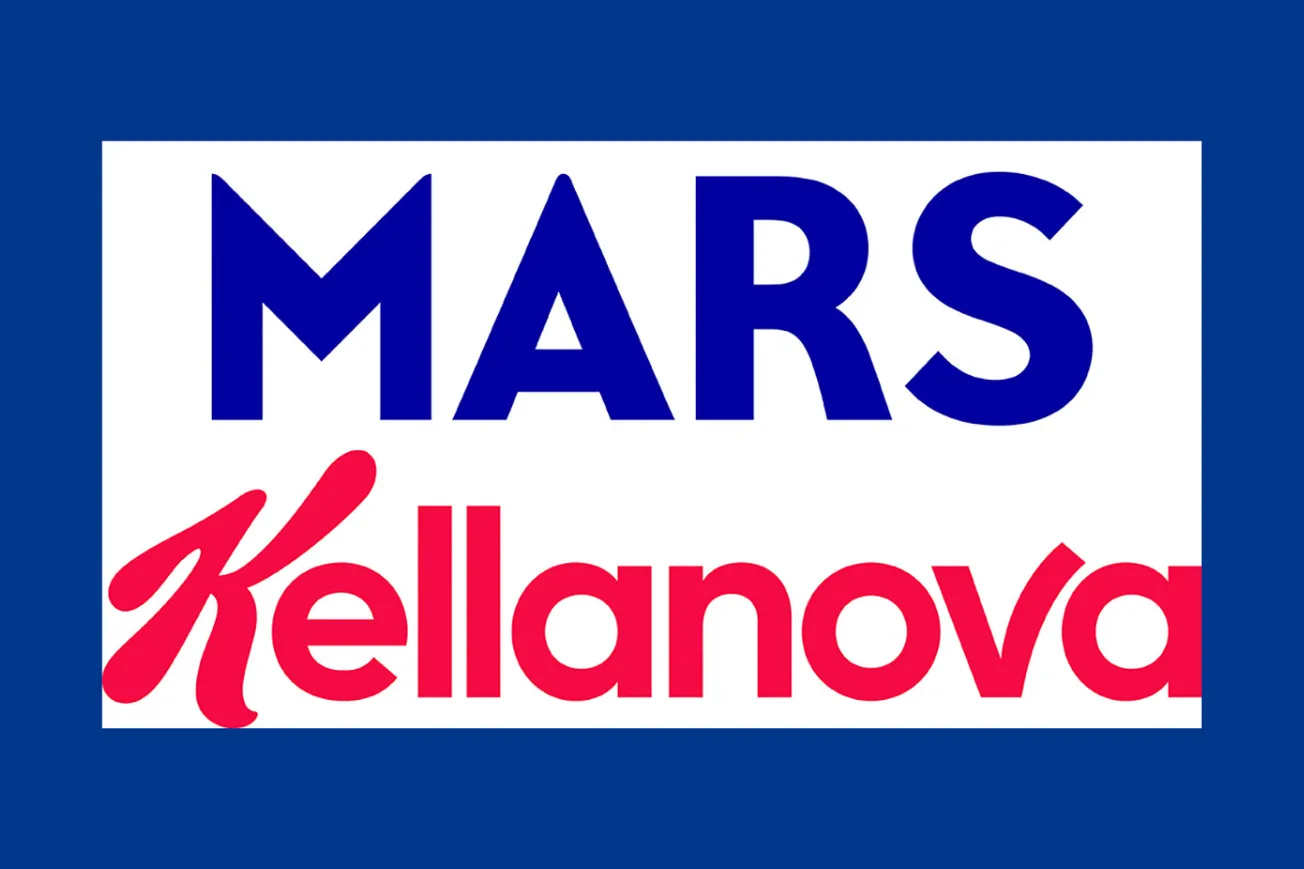MISSISSAUGA, Ontario — Of the 17,600 employees of Target Canada who were scheduled to work on Thursday, January 15, only a handful in management were aware that the company had filed for bankruptcy protection.
Of the 17,600 employees of Target Canada who were scheduled to work on Thursday, January 15, only a handful in management were aware that the company had filed for bankruptcy protection.
It was therefore a surprise and shock to the workforce when the company announced that day that the Ontario Superior Court had granted the company protection from creditors for an initial 30 days and that all 133 stores would be closed within 16 to 20 months. Many employees first learned of these events from customers who had heard reports of what was afoot on their car radios on their way to the mall.
If the majority of employees were surprised by the announcement, the same cannot be said of a number of analysts in the financial community. Months before the January 15 announcement, these perceptive observers speculated that parent Target Corp. might conclude that the Canadian venture on which it had embarked with such high hopes would take too long to turn around. They forecast it would accumulate such substantial losses in the process that closure would be the least damaging option.
Their gloomy view was probably reinforced when they construed the guarded comments Target chairman and chief executive officer Brian Cornell made about hoped-for improvement in the Canadian company’s performance. In his comments on the results of the third quarter, ended November 1, Cornell referred to the positive changes that had been made to operations, assortments and pricing in Canada. He went on to say that "the guest response to these changes … will inform our perspective as we continue to assess our longer-term potential in Canada." In retrospect, the warning was clear enough.
Cornell confirmed the pessimists’ views when in his statement announcing the closing he said: "We were unable to find a realistic scenario that would get Target Canada to profitability until at least 2021."
In the 681 days since Target Canada opened its first stores in March 2013 until the January 15 announcement, the company had racked up an expected pre-tax loss of $5.4 billion (Canadian), and another $275 million pretax loss was projected to be incurred in the fourth quarter of 2015. It is estimated the company has invested a total of some $7 billion in the Canadian venture.
In December 2011 Target announced it had bought from Hudson’s Bay Co. all the leases of the premises occupied by its mass merchant subsidiary, Zellers, and expected to operate Target stores in most of them.
The company announced in March 2013, on the occasion of the opening of the first three pilot stores, that it intended to roll out 124 stores, with locations in every one of Canada’s 10 provinces, before the end of that year. Observers felt that was an ambitious — some felt foolhardy — objective, particularly because the pilots were to operate for only a few weeks before additional stores were opened at a fast clip. They also noted that all three pilots were sited in secondary or tertiary markets.
Target’s somewhat insouciant approach was based on the knowledge that the bulk of the Canadian population lived within a few hours’ drive of the U.S. border and a Target store. They were aware of the fact that a good proportion of Canadian customers had shopped in its U.S. stores and thus understood what the Target banner stood for.
Target management was probably also reassured by the prominence Canadian media had given to the announcement of its intentions and the ongoing coverage that had been devoted to the progress of the store conversions and the planning for the recruitment of store and headquarters staff. Surveys of Canadian consumers all seemed to disclose positive attitudes toward the company and its merchandising approach.
The first few weeks of operation of the pilot stores disabused Target’s management of their rosy assumptions. Customer interviews reported by the media recorded a litany of complaints, the most serious relating to pricing, which by no means matched that prevailing in the company’s U.S. stores. There was also disappointment with the merchandise selection, which was substantially different from what Canadians had seen in the company’s U.S. stores. There were far too many empty shelves and out-of-stocks. The stores themselves were acknowledged to be brighter and cleaner than the Zellers operations they had replaced, but the difference did not seem to change the shopping experience that much.
The most serious problems were undoubtedly those related to the Canadian company’s logistics. There were serious issues with a new IT system, and the use of third-party logistics providers was proving more complex than anticipated. Customers were quick to complain about the empty shelves and inconsistent ranges of merchandise. They apparently even used social media to pass on pictures of instances of distressed-looking merchandise presentation to their friends.
John Williams, president and CEO of J.C. Williams Group, consultants to retailers, retail suppliers and shopping centre developers in Canada and internationally, comments on his first experience of a Target Canada store. "In the first week of its opening I shopped the Target store in Leaside, Toronto. I expected that near the entrance there would be displays of seasonal merchandise and the items featured in that week’s flyer. But there was no topicality about the merchandise at the entrance, and presentation in many departments was compromised by the number of empty shelves. I wanted to buy a pair of men’s jeans. Men’s clothing was on the second floor. When I found a pair I wanted to try on, I looked around for the fitting rooms. I was astonished when a salesperson told me the only fitting rooms were downstairs in the women’s clothing section, close to the entrance."
Williams says that on subsequent visits to Target Canada stores he could not understand why the company took so long to fix the very obvious problems. "After all, Target U.S. is an accomplished, very competent retailer. It has lots of experienced management talent. Why it did not bring its resources to sort out these issues in a hurry is a mystery to me."
Apart from disappointing merchandising performance, Target Canada had other challenges.
It learned the hard way that Canadians’ shopping habits differ from those of their U.S. counterparts. Canadians were not as enamoured with one-stop shopping. They were much more ready to cherry pick, not only among stores but among mall destinations. Target’s grocery departments were competing with the formidable Walmart Canada and Costco Wholesale Corp. and extremely competent Canadian players such as Loblaw Cos., Sobeys Inc. and Metro Inc.
By the time Target entered the Canadian market, Amazon was attracting significant numbers of online shoppers and Target Canada’s most significant competitors, Walmart Canada, Canadian Tire, Loblaw and Sears Canada, had all initiated online shopping. Shoppers, even if they were not all ordering online, were using the websites as information sources. Target did not have an online presence and it suffered from that deficit.
Target’s competitors had lots of notice of where it was going to set up shop. Some two years before its first opening it announced which of the former Zellers locations it intended to keep and refit. Competitors paid attention and appeared to favor for updating and renovation those of their stores in proximity to the announced Target locations. Recognizing that they would be facing an accomplished new competitor, they put much effort into upping their performance chain-wide, but with particular emphasis on markets where they would face Target directly.
Target had the opportunity to buy the rich data on customer habits and preferences by store market area accrued in Zellers’ Club Z loyalty program and patient data in Zellers pharmacies’ files. It did not take up those opportunities. It clearly handicapped itself in the process.
Some extraneous events also worked against the Canadian company. The bad publicity generated by the compromising of data related to the company’s U.S. customers in 2013 washed over into Canada, though Canadians had not been affected. The rapid decline in the value of the Canadian dollar through calendar year 2013 affected the company’s input costs.
In the same week that Target Canada announced it was seeking bankruptcy protection and was closing its stores, Sony Corp., the Japanese electronics company, announced the closing of all 14 of its Canadian stores.
In recent months there have been other Canadian retail casualties. Mexx Canada, a subsidiary of the Netherlands-based parent, is to close all 95 of its stores by the end of February. In November 2014, fashion retailer Reitmans (Canada) Ltd. announced it would close 107 of its stores operating under the Smart Set banner and would transfer the remaining 76 to other banners. The Montreal-based fashion chain Jacob, under creditor protection since late 2010, announced last October that it was giving up the struggle for survival and would close its 92 stores. Other Canadian specialty chains have been showing signs of stress over recent quarters, so Target is by no means alone in having difficulty in the current market conditions.
Target is not alone either among retailers, highly successful in their own and sometimes other markets, who have been unable to achieve success in a promising new venture in another country with a different consumer culture.
Numerous Canadian companies, including such stalwarts as Loblaw and Canadian Tire, have withdrawn from the United States after disappointing experiences there in the recent past. Canadian Tire also took a crack at Australia but met with no better success in that country.
Home Depot Inc. had to retreat from China recently and even Walmart had to concede defeat in the German market. Two of the United Kingdom’s best-known retailers, Marks and Spencer and Boots, entered the Canadian market with confidence some years ago. Both had to retreat when Canadian shoppers appeared unimpressed with their offerings and their style of doing business.
One aspect of Target Canada’s closing has drawn positive comment from informed commentators on bankruptcy proceedings. Target Corp. has announced that it has set up a trust fund, to amount to as much as $70 million, to be kept separate from the bankruptcy proceedings to be devoted to paying out the employees’ severance payments. It is believed most associates will receive 16 weeks’ pay, slightly more than the minimum severance under the labor laws of most provinces.
Target Canada’s chief competitors, who until recently believed they would be in for a long slog in dealing with their new rival, were no doubt pleased to see a sudden shift in the climate, though they are unlikely to enjoy the weeks ahead when Target is clearing inventory. On January 15, the day of the Target announcement, Loblaw stock rose 2.3%. Canadian Tire and Dollarama Inc. both enjoyed a 2.6% increase. Empire Co., whose main subsidiary, Sobeys Inc., had been acting as wholesaler for Target Canada’s grocery department, must have had mixed views on the development — eyeing the loss of volume through its distribution centers but no doubt welcoming a reduction in retail competition. Investors saw the events of the day as positive, with the stock gaining some 2%.
Target Canada currently occupies about 15 million square feet of retail space and 5 million square feet of warehouse and office space. This real estate is leased from some 20 landlords, big and small. Some of the major landlords were prudent enough to require the U.S. parent company to guarantee the leases. Those companies, though protected from potential lost income, will in any event be anxious to fill gaping spaces in their properties.
Some 19 million Canadians are active in the nation’s labor force. The 17,600 Target employees who are to lose their jobs represent 0.4% of that total — a not inconsiderable percentage when they are all to be turned into job seekers in a span of a few weeks and with the current unemployment rate at 6.6%.





